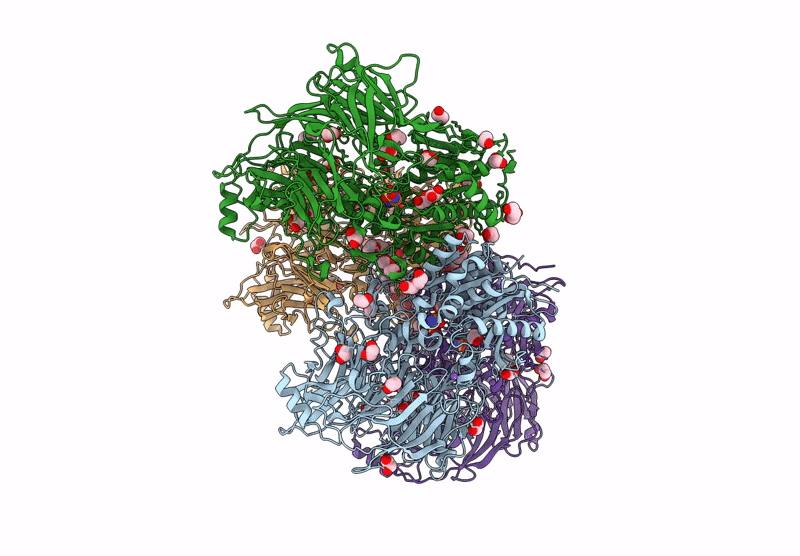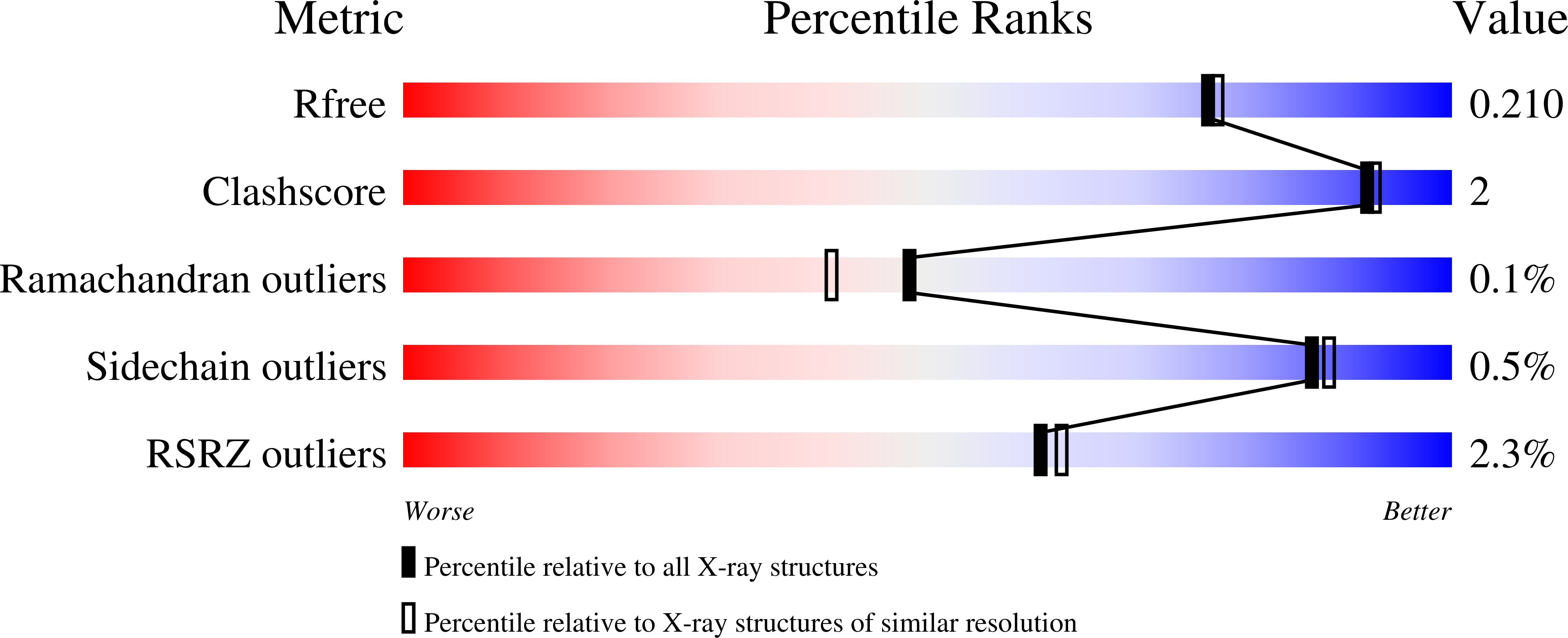
Deposition Date
2024-09-05
Release Date
2025-07-16
Last Version Date
2025-07-16
Method Details:
Experimental Method:
Resolution:
1.89 Å
R-Value Free:
0.20
R-Value Work:
0.16
R-Value Observed:
0.16
Space Group:
P 1


